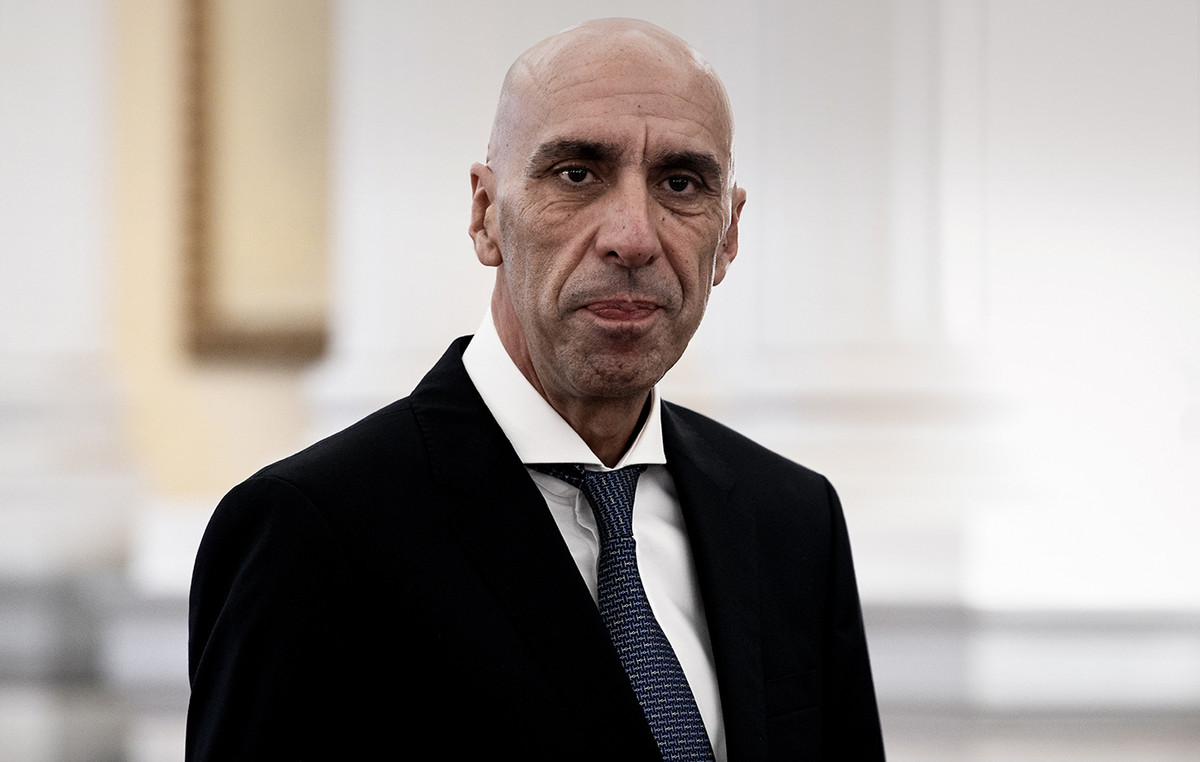VodafoneThree joins the smorgasbord of UK telco names
Vodafone group and Hutchison Group Telecom Holdings have confirmed the completion of the merger of Vodafone UK and Three UK as of 31 May 2025, with the new business somewhat awkwardly named VodafoneThree.
The new business (owned 51%-49% respectively) boasts 29 million customers, and is set to invest £11bn ($14.9bn) in mobile over the next ten years to accelerate network deployment – a key sweetener for the deal to obtain approval by the UK’s CMA (Competition and Markets Authority) regulator.
The VodafoneThree deal is about scale and represents one of the largest carrier M&A activities in the UK for some time. The new business becomes the UK’s largest mobile operator but will also enable £700m in cost and capex synergies per annum by the fifth year after completion.
The parents’ argument that the deal is good for the market is probably plausible, as it transforms the two least competitive players into the largest national operator in numerical terms at least – but EE and O2 have strong brands and operations. They will seek to take advantage of the inevitable challenges faced by the merging service providers actively to target potentially disrupted customers, although EE will now have to drop its ‘biggest and best’ positioning.
A complex process getting to VodafoneThree
Getting approval for a merger is often seen as the hard part of the process, as it involves complex legal, financial, and regulatory discussions. But experience shows that it is merely the first step. Combining organisations, networks, processes, systems, and cultures is often more complex as it involves the whole of both parent companies.
As for branding, which is of crucial importance in both the consumer and mass enterprise markets, there will no doubt be active discussions ongoing. A multi-brand strategy is fine – if it has clear target customer segments, so overlap and confusion needs to be avoided. Going too far the other way, for example like BT did with its BT for business only and EE for consumer only approach, can be too regimented for a sophisticated and complex market. Hence the return to a more nuanced BT/EE branding strategy.

Don’t let policy changes catch you off guard. Stay proactive with real-time data and expert analysis.
By GlobalDataAs it stands, just dealing with the potpourri of mixed-up historical brands is becoming a headache and tongue-twister: Virgin Media O2, VodafoneThree and BT/EE – we should be grateful that the Orange and T-Mobile brands have left the scene.
Emma Mohr-McClune, Service Director, Consumer Technology at GlobalData observes: ‘Getting this deal over the line has been a two-year ordeal for the two parent companies, full of regulatory approval stops and starts, culminating in a laundry list of consumer protection commitments. But there’s no question that all the difficult tasks – notably personnel, customer and network alignment – are still up ahead.’
Honest and brutal
Vodafone UK and Three UK need to be honest and brutal because that is the nature of the market. They are juggling multiple brands (Vodafone, Three, Voxi, Smarty) and multiple target customer groups.
The Vodafone brand should be used for enterprise customers as well as top-end consumers because Three has very little B2B revenue other than amongst the smallest of businesses Three UK will suit its established customer base of consumers, and the other brands can be disposed of as they have little traction and recognition. The branding lesson to be learned is how BT and EE came to be (even despite recent confusions). Note also that O2 remains a very strong independent brand within Virgin Media O2.
Customers could benefit – given time
Robert Pritchard, Principal Analyst, Enterprise Technology & Services at GlobalData, observes ‘Vodafone’s pivot to the UK SMB and SOHO markets in B2B has been strong and successful, especially with its V-Hub strategy. But some smaller businesses and side hustles may choose to carry on with Three – ultimately the customer decides.’
The closure of the deal will mean very little to customers in the short term – they really do not care. It is good news for the parent companies as it means Vodafone re-establishes itself as a leading UK player, while Hutchison gets the opportunity to monetise its historic investment and exit the market. Overall, having three strong and viable mobile players is better than having two strong ones and two that are sub-scale, so customers are actually set to benefit in the long run
Content Original Link:
" target="_blank">

































































